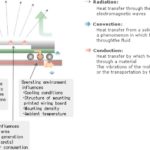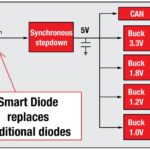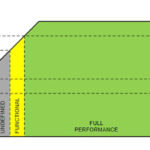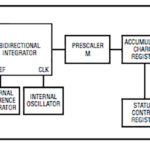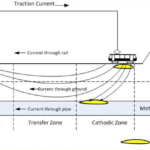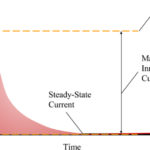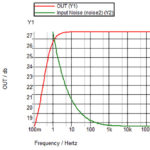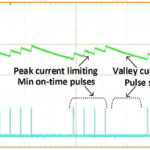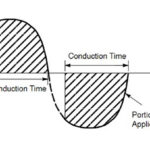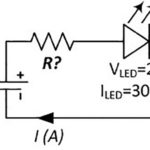Keeping components and systems cool enough and within their safe temperature zone is a concern for many, though not all, designers and projects. Excessive heat as measured by temperature can cause erratic behavior, inaccuracy and drift due to temperature coefficient-induced shifts, shortened component lifetime, and even outright failure. Q: What are the cooling options? The […]
FAQ
Reverse polarity protection: how can you provide it?
The reverse connection of a circuit to its DC power source, whether it’s a battery or power supply, can damage and even destroy the electronics. For this reason, many connectors are “keyed” to ensure correct connection. But there are many connections which are directly hard-wired using wires inserted into screw terminals, or ring or spade […]
Basics of power-supply self-protection
AC/DC and DC/DC power supplies usually are relatively rugged in regular operation. Nonetheless, some protection features are built into most of these units to ensure that they do not “self-destruct” or damage associated circuitry – primarily their loads – in the event of a failure or out-of-spec operational mode. (note: in strict terms, a power […]
Power Status: battery monitors matter
For battery powered systems it can be useful to know something about the state of the battery in order to predict remaining battery life. With specific charge/discharge information, you could also manage battery consuming resources to maximize battery life. There are integrated circuits to help with either approach. For simple charge or discharge information, a […]
Stray current and parasitic capacitance in circuits at RF
Strange things can happen at high frequencies. It begins with stray current in your printed circuit board (PCB). What is stray current? Stray current starts with stray voltage, relating through Ohm’s Law (V=IR). Stray voltage refers to a situation where between two points, there exists a voltage potential that should not be there (and wouldn’t […]
What is inrush current?
Inrush (in-rush) current is a sudden large flow of current that exceeds the usual, steady-state operating current, and can be a problem for any circuit. Inrush is most often associated with turning on equipment. Inrush current can be caused by large-capacity decoupling capacitors that draw a lot of current as they initially get charged up. […]
The formidable forgotten FETs
The world is full of MOSFETs — they are the cornerstone of most ICs. However, the humble JFET still exists, although it is a bit of a niche market now and not always easy to find. Vishay, who took over the Siliconix brand many years ago, seem to have dropped JFETs now, although Siliconix was one […]
Synchronous buck regulators and overcurrent protection (OCP)
by Haifeng Fan, Intersil, a subsidiary of Renesas Electronics Synchronous buck regulators are widely used in industrial and infrastructure applications to step down 12V rails to point-of-load inputs as low as 0.6V for microcontrollers, FPGAs, memory and peripheral I/Os. Overcurrent protection (OCP) is essential to protect these switching regulators from damage by excessive current. Cycle-by-cycle current […]
Dimming LEDs
As the use of LEDs for area lighting has grown dramatically, with both the use of LED-based replacement bulbs as well as LED-based fixtures for new construction (called luminaires in the trade), the issue of dimming these LEDs becomes more critical. LEDs require a very different technique for dimming than the conventional legacy incandescent bulb. […]
How to power and configure LEDs
LEDs – light-emitting diodes – have largely supplanted other sources of light in many applications. They are used in applications ranging from small on/off power indicators, to small and large alphanumeric displays, to screen backlighting, and even for area and street illumination. It’s well known that LEDs are far more efficient than venerable incandescent lighting, […]

